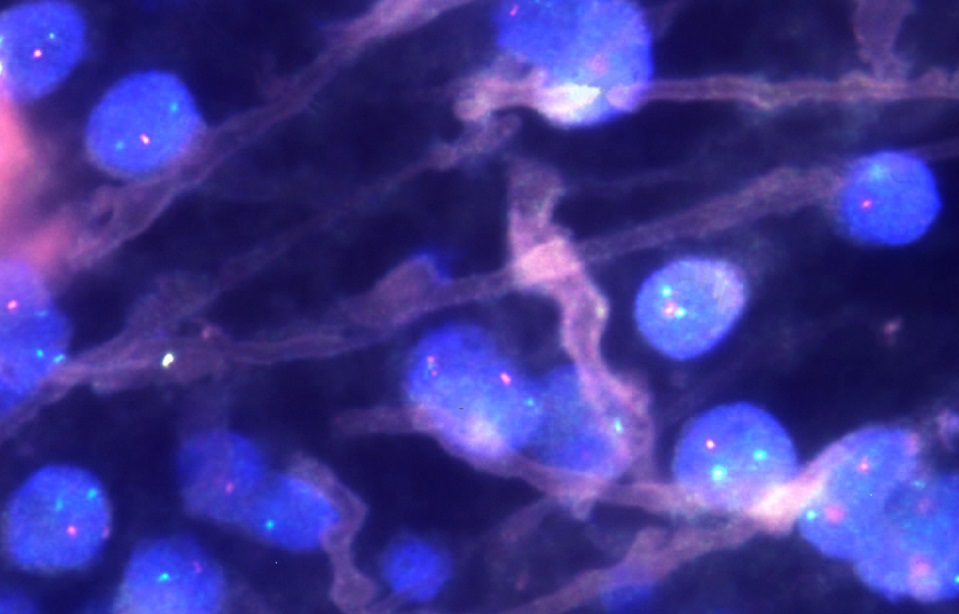
Brain UK study ref: 20/013,
Lay summary,
Project status: Closed
Quantitative Ultrasound Differentiates High Grade Glioma and Healthy Brain Tissue ex vivo
Hannah Thomson, University of Glasgow
When someone is having an operation on their brain to remove cancerous tissue, it can be difficult for the surgeon to know where the cancerous tissue ends and the healthy tissue begins. Ultrasound is a useful tool which can quickly provide images to help visualise different tissues in the body, including the brain. However, it is currently limited in resolution, so the images are not very clear at showing all the cancerous areas the surgeon should remove. When ultrasound is introduced into tissue, it scatters in all directions because of the very small cells that make up the tissue, just as light scatters in mist or fog. However, the ultrasound will scatter differently in cancerous areas because there are more cells grouped closer together in these regions. If these signals are carefully analysed in samples of healthy and cancerous brain tissue, that may allow us to pin down certain values, called quantitative ultrasound parameters, which will tell us more about the underlying organisation of the cells in the tissue. A notable difference in these values in tissue may then tell us if it is healthy or cancerous, allowing us to improve the normal ultrasound images. It may even be possible to train a computer program to advise the surgeon whether or not tissue is cancerous or healthy, allowing them to carry out more complete removal of brain tumours.
